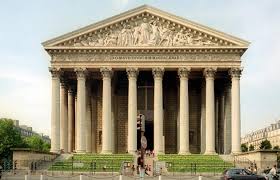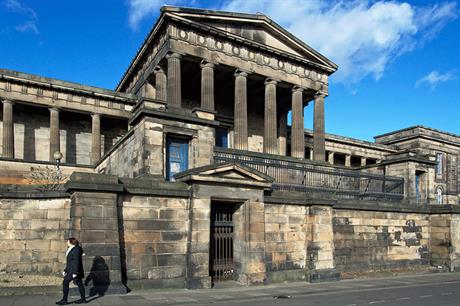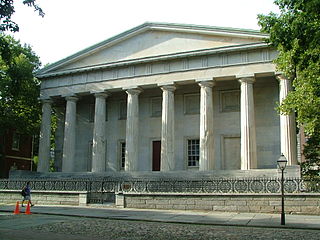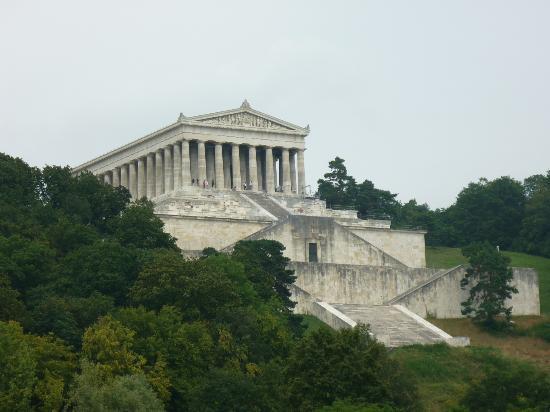Quote:
Originally Posted by dc_denizen

neoclassicism annoys me. if you brought back an Ancient roman or Greek, they would ask, why the wholesale copying and expropriation of our architecture, can't you come up with your own style?
it's also so pervasive - europe and the US are full of 19th century greek temple style buildings designed to look 2000 years old.
they would probably be more interested in modernism and gothic architecture.
|
Well no, they wouldn't; the Romans, after all, wholesale plagiarized the Greeks, who were so conservative that at the time of their subjugation to Rome, they were still building temples in the Doric and Ionic styles of the dark ages a thousand years earlier, only in limestone and marble rather than wood and thatch. This isn't a defense of classical taste, just an explanation. Coming up with new styles is a modern preoccupation; innovation to a classical architect mostly meant adopting the old formulas to resolve new problems. That said, there was far more stylistic innovation in the two centuries between Alberti and Borromini than in the millenium-and-a-half between the Homeric Age and the fall of Rome.
Those Greek temple façades reproduced
ad infinitum, I admit, are embarrassing, but have to do with a rather unique confluence of historical events: political and philosophical developments in France, England and the colonies at the end of the Enlightenment, the remarkable rediscovery of ancient Greek cities by contemporary archeologists, the arrival of the Elgin Marbles in London, the Greek nationalist struggle for independence from Turkey. Anyway, the fad was pervasive but thankfully brief. The following buildings were all built in roughly the period between Napoleon's proclamation as Emperor and Byron's death in Greece.

La Madeleine, Paris

Façade of the National Assembly, Paris

St Pancras Church, London

British Museum, London

Old Royal High School, Edinburgh

Second Bank of the United States, Philadelphia

Façade of the Metropolitan Cathedral, Buenos Aires
The obsession with Greek porticos survived a bit longer in places like Munich and Berlin because, politically and aesthetically, those places were a few decades behind.

Walhalla, Bavaria

St George's Hall, Liverpool, which reminds me of something built by a Prussian or Bavarian